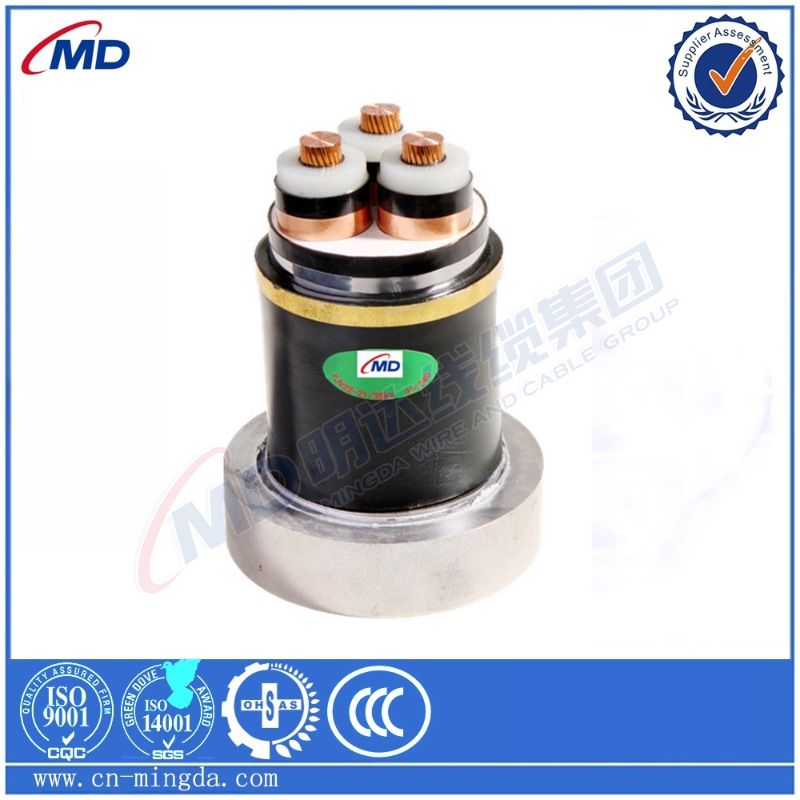Nov . 16, 2024 16:12 Back to list
Pneumatic Control Systems for Efficient Butterfly Valve Operation and Applications
Understanding Pneumatic Butterfly Valves A Game Changer in Flow Control
Pneumatic butterfly valves are pivotal components in various industrial applications, providing efficient control of fluid flow through pipelines. Characterized by their simple yet effective design, these valves feature a rotating disc that regulates flow, making them suitable for numerous environments, from water treatment plants to chemical processing facilities.
The operation of a pneumatic butterfly valve relies on the principles of pneumatics—using air pressure to control the movement of the valve’s disc. When air is supplied to the actuator, it rotates the disc either into an open or closed position. This configuration allows for quick modulation of flow, enabling operators to manage system pressures effectively. The ability to open and close the valve rapidly makes it an ideal choice for processes requiring precise flow control.
One significant advantage of pneumatic butterfly valves is their compact design. Unlike traditional valves that can be bulky and require extensive piping systems, butterfly valves take up less space. This is particularly beneficial in environments where space is constrained. Additionally, their lightweight construction facilitates easier installation and maintenance, driving down labor costs and downtime.
pneumatic butterfly valve

Moreover, pneumatic butterfly valves are versatile in their applications. They can handle a wide range of substances, including gases, liquids, and slurries. The materials used in the construction of these valves can be tailored to suit specific operational requirements, ensuring compatibility with a variety of media. Manufacturers often use materials like stainless steel, PVC, and other alloys, which enhance durability and resistance to corrosion.
One of the critical factors to consider when selecting a pneumatic butterfly valve is its operating pressure and temperature ratings. These parameters will determine the valve’s suitability for specific applications. Proper sizing is also crucial; an improperly sized valve can lead to inefficiencies, increased wear, and potential system failures.
The control systems paired with pneumatic butterfly valves are equally essential. With advancements in technology, many of these valves are now integrated with sophisticated automation systems. These systems allow for remote monitoring and control, providing real-time data on valve performance and system dynamics. Such capabilities enhance operational efficiency and contribute to predictive maintenance programs.
In summary, pneumatic butterfly valves represent a significant advancement in flow control technology. Their efficient design, ease of installation, and adaptability to various applications make them indispensable in modern industries. As systems become increasingly automated, the role of these valves is likely to expand, solidifying their position as crucial components in the quest for improved efficiency and performance across diverse sectors.
Share